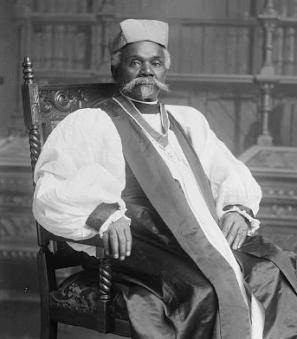Impressions of Washington: The Gilded Age, 1873
In 1873, Mark Twain and Charles Dudley Warner published their novel The Gilded Age, both as a parody of contemporary popular novels and to criticize political and economic corruption. In chapter 24, Twain and Warner take the reader on a virtual tour of the nation’s capital. As evidenced by the selections below, they didn't paint a pretty picture.
Washington gathered its people from the four winds of heaven, and so the manners, the faces and the fashions there, presented a variety that was infinite. ... It seems more and more interesting the oftener we visit it. You arrive either at night, rather too late to do anything or see anything until morning that you consider it best to go to your hotel and sleep an hour or two while the sun baths along over the Atlantic. You cannot well arrive at a pleasant intermediate hour, because the railway corporation that keeps the keys of the only door that leads into the town or out of it takes care of that. ...
You are assailed by a long rank of hackmen, who shake their whips in your face as you step out upon the sidewalk; you enter what they regard as a “carriage” in the capital, and you wonder why they do not take it out of service and put it in the museum. You reach your hotel presently- of course you have gone to the wrong one. There are a hundred and eighteen bad hotels, and only one good one. The most renowned and popular hotel of them all is perhaps the worst one known to history.
The city at large ... is a wide stretch of cheap little brick houses, with here and there a noble architectural pile lifting itself out of the midst- government buildings, these. ...You will wonder at the shortsightedness of the city fathers, when you come to inspect the streets, in that they do not dilute the mud a little more and use them for canals.
There are more boarding-houses to the square acre in Washington than there are in any other city in the land, perhaps.
On the weather:
When you arrived it was snowing. When you reached the hotel, it was sleeting. When you went to bed, it was raining. During the night it froze hard, and the wind blew some chimneys down. When you got up in the morning, it was foggy. When you finished your breakfast at ten o’clock and went out, the sunshine was brilliant, the weather balmy and delicious, and the mud and slush deep and all-pervading. You will like the climate- when you get used to it. You naturally wish to few the city: so you take an umbrella, an overcoat, and a fan, and go forth...
On the Capital Building:
First you glimpse the ornamental upper works of a long, snowy palace projecting above a grove of trees, and a tall, graceful white dome with a statue on it surmounting the palace and pleasant contrasting with the background of blue sky. That building is the capital; gossips will tell you that by the original estimates it was to cost $12,000,000, and that the government did come within $27,200,000 of building it for that sum.
The capital stands upon the verge of a high piece of table land, a find commanding position, and its front looks out over this noble situation for a city- but it don’t see it, for the reason that when the capital extension was decided upon, the property owners at once advanced their prices to such inhuman figures that the people went down and built the city in the muddy low march behind the temple of liberty; so now the lordly front of the building, with its imposing colonnades, its projecting graceful wings, its picturesque groups of statuary, and its long terraced ranges of steps, flowing down in white marble waves to the ground, merely looks out upon a sorrowful little desert of cheap boarding-houses.
[To get to the] airy outlooks of the dome... you must pass through the great rotunda and to do that you would have to see the marvelous Historical Paintings that hang there, and the bas-reliefs- and what you done that you should suffer thus? You ought not to go into the dome anyhow, because it would be utterly impossible to go up there without seeing the frescoes in it- and why should you be interested in the delirium tremens of art?
On the Washington Monument:
In the distance, the Monument to the Father of his Country towers out of the mud. It has the aspect of a factory chimney with the top broken off. The skeleton of a decaying scaffolding lingers about its summit...
On the Treasury Building:
See the broad Pennsylvania Avenue stretching straight ahead for a mile or more till it brings up against the iron fence in front of a pillared granite pile, the Treasury building- an edifice that would command respect in any capital. The stores and hotels that wall this broad avenue are mean, and cheap, and dingy, and are better left without comment.
On the White House:
Beyond the Treasury is a find large white barn, with wide unhandsome grounds about it. The President lives there. It is ugly enough outside, but that is nothing to what it is inside. Dreariness, flimsiness, bad taste reduced to mathematical completeness, is what the inside offers to the eye, if it remains yet what it always has been.
Wow. Next time tell us how you really feel, Mr. Clemens.
Source:
Twain, Mark and Charles Dudley Warner, The Gilded Age: A Tale of Today, 1873.


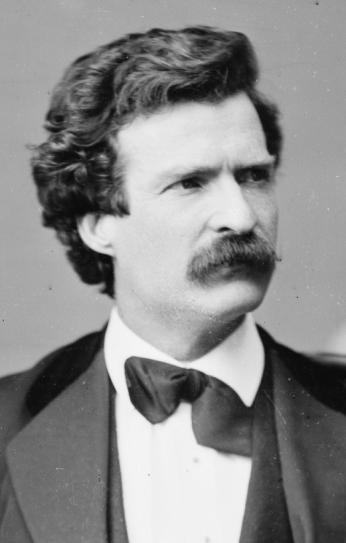
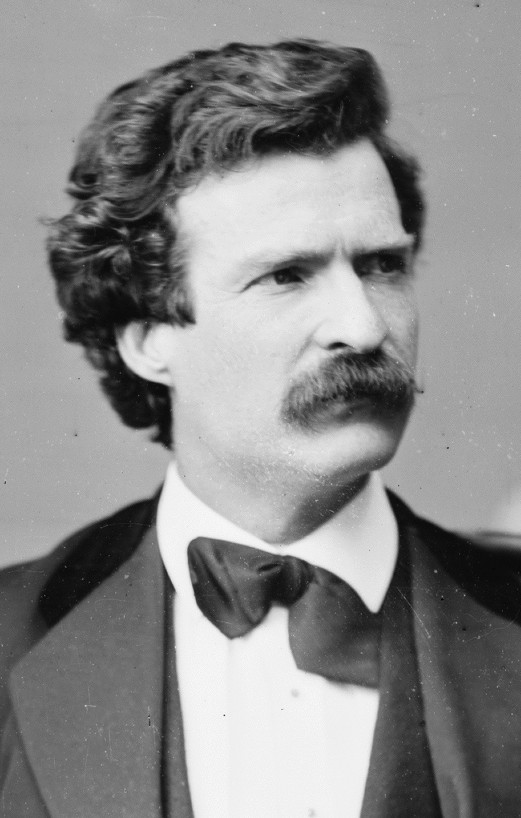
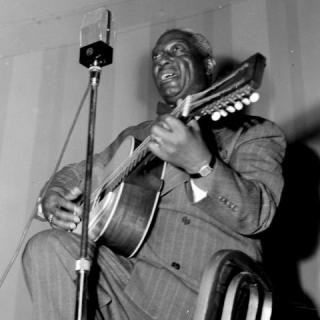
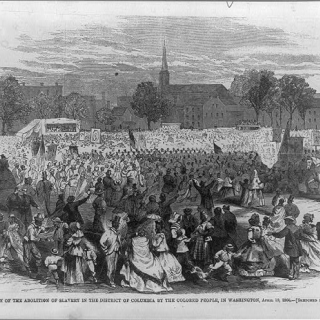
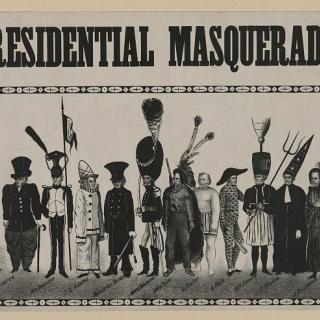
![Sketch of the mythical fuan by Pearson Scott Foresman. [Source: Wikipedia]](/sites/default/files/styles/crop_320x320/public/2023-10/Goatman_Wikipedia_Faun_2_%28PSF%29.png?h=64a074ff&itok=C9Qh-PE1)











